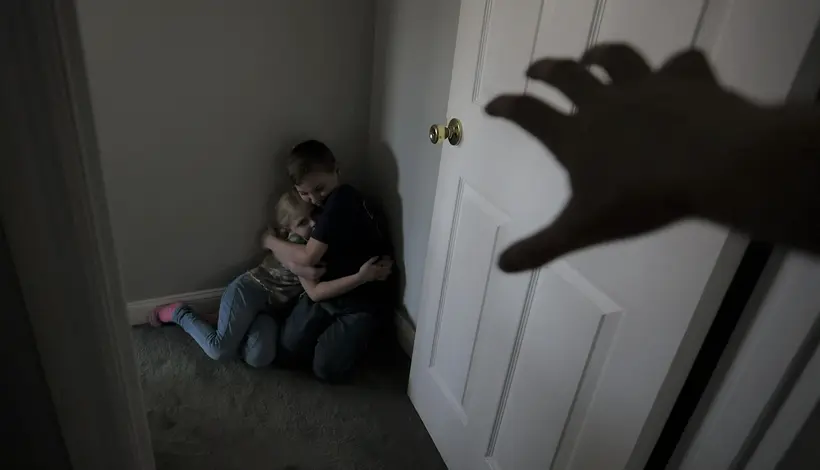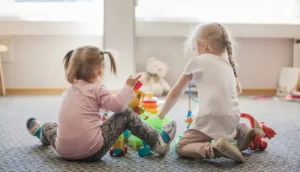Child Abuse: Recognizing Signs and Taking Action

Child abuse remains a pervasive issue in today’s society, yet many people are unsure how to identify and address it. Understanding the signs of child abuse and knowing how to respond are critical steps in protecting vulnerable children and supporting their well-being. At OnSeminars, we’re dedicated to raising awareness and providing tools to tackle this serious issue. This article explores the definition of child abuse, its various forms, signs to watch for, its impact on children, and effective strategies for prevention and response.
What Is Child Abuse?
Child abuse refers to any form of violence or mistreatment inflicted on a child by a parent, caregiver, or another adult in their immediate environment. It can take many forms, each with devastating effects on a child’s physical and emotional health. Physical abuse involves an adult hitting or injuring a child, varying in severity from bruises to more serious harm. Verbal abuse includes insults, threats, or intimidation that undermine a child’s self-worth. Neglect, another form of abuse, occurs when a caregiver fails to provide essentials like food, medical care, clean clothing, or emotional support. Witnessing domestic violence within the family is also considered child abuse, as it exposes the child to a traumatic environment. In some cases, particularly within certain migrant communities, parents may harm a child to gain medical attention for themselves, a practice known as fabricated or induced illness. Finally, sexual abuse involves any sexual act where an adult exploits a child or adolescent for their own gratification, making it one of the most severe forms of child abuse.
Causes and Risk Factors of Child Abuse
Child abuse often occurs in families facing complex challenges. Research shows that parents who were abused as children are more likely to perpetuate the cycle of abuse. Other risk factors include pre-existing family violence, financial difficulties, high levels of stress, or substance abuse within the household. While these conditions increase the likelihood of child abuse, they don’t guarantee it will happen. Understanding these risk factors can help identify at-risk families and provide early intervention to prevent abuse, ensuring children grow up in safe, nurturing environments.
Signs and Impact of Child Abuse on Children
Children who experience abuse often exhibit noticeable changes in behavior and emotional well-being. They may struggle to adapt to daily routines, showing signs of isolation, learning difficulties, or withdrawal from peers. A key indicator of child abuse is a lack of trust in others, which can hinder their ability to form healthy relationships. Other effects include heightened anxiety, nightmares, pessimism, and intense shame, all of which can profoundly impact a child’s development. Children exposed to family violence may feel compelled to intervene, inadvertently becoming more involved in the cycle of abuse. The pervasive fear caused by abuse can leave lasting psychological scars, making children feel hopeless and trapped with no way out. Recognizing these signs early is crucial for intervening and providing the support these children desperately need.
Child Psychology and Development
🏷️ Only £70 per month
⏱️ Duration: 2 hours per week for 12 months
👨🏫 Taught by human instructor
💻 Remote Live learning
📖 Free study notes and resources
🎓 Option to receive a certificate of completion
Long-Term Consequences of Child Abuse
The effects of child abuse extend far beyond childhood, influencing a person’s emotional and social development well into adulthood. Children who endure abuse often struggle with low self-esteem, difficulty forming relationships, and an increased risk of mental health issues like anxiety or depression. They may also face challenges in academic settings, experience social isolation, or develop behavioral issues. In severe cases, the trauma of abuse can lead to self-destructive behaviors or perpetuation of violence in their own relationships later in life. Addressing child abuse promptly can mitigate these long-term consequences, helping children heal and build a healthier future.
Responding to Child Abuse: Steps for Intervention
When child abuse is suspected, immediate action is essential to protect the child and support the family. Parents who perpetrate abuse often need professional help to address their own issues, such as past trauma or stress. Consulting psychologists or psychiatrists can empower parents to break the cycle of abuse and rebuild their confidence as caregivers. Community resources, such as local libraries or support services, can also provide education on the impacts of child abuse and healthier parenting practices. If abuse is witnessed or suspected, it should be reported to local authorities[1] or child protection services to ensure the child is moved to a safe environment. In cases of sexual abuse, both parents and educators must be vigilant and informed to recognize warning signs and protect children effectively. Educating children about their bodies and potential risks can also empower them to resist abuse and seek help when needed.
Prevention Through Education and Empowerment
Preventing child abuse starts with education—for parents, educators, and children alike. From the age of three, children should be taught about their bodies and their functions to help them recognize inappropriate behavior. Teaching children to say “no” in uncomfortable situations helps them distinguish between abuse and affection. While children are often raised to respect adults, they should also feel confident expressing discomfort or fear when something feels wrong. Parents and caregivers can play a key role by observing changes in a child’s behavior, which may indicate abuse, and taking action accordingly. Children must also understand that their bodies deserve respect and that no one has the right to violate their boundaries. Encouraging children to speak up—whether to parents, teachers, or trusted friends—if they experience abuse is a critical step in ensuring their safety.
Building a Safer Future for Children
Addressing child abuse requires a collective effort from society, including education systems and social policies. Professionals working with children, such as teachers and social workers, must be trained to identify signs of abuse early and provide timely support to both children and families. Raising awareness about the prevalence and impact of child abuse can foster a culture of vigilance and care, ensuring that incidents are addressed before they escalate. By prioritizing prevention and intervention, we can create a safer, more nurturing environment for children to thrive.
Support Children with OnSeminars
At OnSeminars, we’re passionate about equipping you with the knowledge to support and protect children. Our Child Psychology and Development seminar offers practical insights into recognizing and addressing issues like child abuse, empowering parents, educators, and professionals to make a difference. Visit our Live Seminars page to find the perfect program for you and start your learning journey with OnSeminars!

